Press Release: Veritas Press C.I.C.
Author: Kamran Faqir
Article Date Published: 20 Aug 2025 at 15:06 GMT
Category: Middle East | Palestine-Gaza | US-Israel At War
Source(s): Veritas Press C.I.C. | Multi News Agencies
A soothing spirit of religious harmony has always filled Gaza. Muslims and Christians coexisted not just as neighbours, but as one unified family, homes closely knit, hearts even closer.
They shared each other’s joys and sorrows, graciously visiting one another with care and kindness. During past escalations, they bore the same suffering, dread, and injustice, bound not by faith, but by their shared Palestinian identity and homeland.
Christianity, though a minority in Gaza, with about 1,000 people across the Strip, has always been integral to its social fabric. The Christian presence blends seamlessly within a predominantly Muslim community, united by shared values, customs, and an enduring bond to their land.
‘Our Voices Unheard’
I remember my three Christian friends, Mera, Elina, and Nataly, from secondary school. Kind-hearted and respectful, every Eid they would bring chocolates, wish us joy, and foster unity. Their gestures were authentic expressions of shared humanity, proving that in Gaza, faith doesn’t divide, it draws people nearer.
At university, our friendship persisted until war shattered our world. Networks cut, phones were silent, and even a single call became a luxury. Completely disconnected, we felt invisible: our voices unheard, our presence forgotten.
‘Bombed Within Minutes’
Then came the phone call: in Tel Al-Hawa, our house would be bombed within minutes. Panic consumed us. As we fled, our home crumbled, rubble erased memories once vibrant in that room where I once laughed, dreamed, lived.
We took temporary refuge at Al-Quds Hospital, then headed to my grandparents’ home in Gaza’s Old Town.
In the Zaytun Quarter stand three sacred churches:
- Church of Saint Porphyrius, a Greek Orthodox church founded in 1160, making it one of the oldest in continuous use.
- Ahli Baptist Church, founded in 1950.
- Holy Family Church, the only Catholic church in Gaza, has been my friend Elina’s shelter since the war began.
Throughout this genocidal war, churches became sanctuaries for Muslims and Christians alike. Mosques, meanwhile, have been largely destroyed, but these sacred spaces held hope.
Yet, the war stripped away assumptions, revealing the harsh truth: the assault does not discriminate. It is aimed at annihilating Gaza’s people, regardless of faith.
Church Of Saint Porphyrius Attacked:
On the night of October 19, 2023, an Israeli airstrike struck the Church of Saint Porphyrius, where over 450 Muslims and Christians sought refuge. At least 16–18 civilians were killed, many children among them, in an attack widely condemned as a war crime.
Amnesty International’s investigation declared it reckless, noting there was no evidence substantiating Israel’s claim that the church harboured Hamas targets. The Greek Orthodox Patriarchate of Jerusalem strongly denounced the strike.
Holy Family Church Struck:
On July 17, 2025, the Holy Family Catholic Church, Gaza’s sole Catholic sanctuary, was hit by an Israeli strike. Three civilians were killed, including the church’s janitor and two elderly women; ten others were injured, including the parish priest, Father Gabriel Romanelli.
Hundreds of displaced Palestinians, Muslim and Christian, found shelter there. The attack drew global condemnation from Vatican officials, Pope Leo XIV, Caritas Internationalis, and Italy’s Prime Minister Giorgia Meloni. Israeli officials said it was accidental, under review, and expressed regret.
Mosques And Sacred Spaces Not Spared:
The destruction hasn’t spared mosques either. In 2024, the Palestinian Ministry of Awqaf reported that 815 mosques were completely destroyed and 151 partially damaged across Gaza. Even three churches were not spared.
Historic landmarks like the Ibn Uthman Mosque, a Mamluk-era treasure, were obliterated in bombing campaigns. Over 1,000 mosques had been destroyed by March 2024, with tragic casualties in bombed prayer spaces.
Yet the faithful adapted, praying in courtyards, in ruins, under open skies. Makeshift chapels made of cloth, plastic sheets, and even rubble became altars of resilience. Still, these were often targeted under accusations of harbouring militants.
Faith Beyond Walls:
Time and again, sacred buildings crumbled, but faith endured. These places are not mere structures; they are where people pray, weep, seek solace, give counsel, and memorise verses. Losing them is a wound to the community and identity. Yet, faith, imbued in hearts and minds, cannot be bombed away.
Violations Of International Law:
Even during Ramadan, mosques were inaccessible, barred, damaged, and destroyed, leaving Muslims grieving not just spiritually, but morally. International norms protecting religious and humanitarian spaces are being flagrantly violated, yet accountability remains elusive. Thousands are displaced. Homes, schools, hospitals, mosques, churches, none are safe.
In Gaza’s churches and mosques, faith endures not in stone, but in solidarity. Whether it’s a mosque sharing water with a nearby church, or a church supplying power to a mosque’s generator, these acts of communal care resonate profoundly:
“My older sister, sheltering at a church, told me the mosque next to them provides water from their well, and the church provides electricity and food. This is our Palestine.”
Reflection:
- Gaza’s Muslim and Christian communities are united by shared identity, mutual aid, and collective suffering, not divided by faith.
- Churches and mosques have served as vital sanctuaries amid unrelenting bombings, only to be targeted in devastating strikes.
- Attacks such as those on Saint Porphyrius (Oct 2023) and Holy Family Church (July 2025) illustrate a heartbreaking pattern: sacred spaces offering protection transformed into scenes of destruction. Each strike drew global condemnation yet little legal redress.
- Over 800 mosques have been destroyed; three churches, too. Historic architectural gems like Ibn Uthman Mosque were lost.
- Amid it all, faith lives, not in stone, but in hearts, in shared moments, in the simple yet profound acts of caring across religious lines.
In Summary: Faith That Cannot Be Bombed Away
The destruction of Gaza’s sacred spaces, mosques centuries old, churches that have stood since the Byzantine Empire, is not collateral damage. It is systematic. The evidence is overwhelming: Israel has struck sanctuaries where civilians explicitly sought refuge, despite international law clearly forbidding the targeting of religious, medical, and educational institutions. Amnesty International, Human Rights Watch, and independent investigations have all found no evidence to substantiate Israel’s claims that these places served as military outposts. Instead, they reveal a pattern of collective punishment and deliberate devastation of Palestinian spiritual, cultural, and communal life.
By erasing holy sites, Israel is not only demolishing stone but also attempting to fracture the intangible: identity, memory, and belonging. Yet, what it has encountered is the opposite. In Gaza, Muslims and Christians continue to share bread, water, prayers, and grief together. The mosque lends its well to the church; the church shares its generator with the mosque. In this communion, faith transforms into resistance: not merely against occupation, but against erasure.
International law recognises attacks on religious sanctuaries as war crimes. The bombings of the Church of Saint Porphyrius and the Holy Family Catholic Church, just as much as the razing of the Great Omari Mosque,are not isolated incidents but deliberate violations. Each missile that strikes a mosque minaret or a church bell tower is not aimed at Hamas; it is aimed at silencing the voice of a people and breaking their will.
But the faith of Gaza is not held hostage by walls or minarets. It endures in the act of a Christian woman handing dates to her Muslim neighbour at iftar. It survives in the whisper of the Lord’s Prayer recited alongside the Adhan under skies filled with drones. It thrives in the refusal to surrender to despair, even when the world stands by with folded arms.
The deeper truth is this: Gaza’s interwoven faiths have become the clearest testimony against the logic of genocide. For every mosque reduced to rubble and every church turned into a graveyard, there rises an unshakable conviction that faith, love, and solidarity cannot be bombed away. They are indestructible.
What remains now is the responsibility of the world. The international community cannot continue to watch from the sidelines while sacred spaces, protected under every charter of human rights, are turned into killing fields. Silence is complicity. Gaza’s Muslims and Christians have shown humanity’s highest form of endurance; it is time the world shows even a fraction of the same courage by demanding justice, accountability, and an end to a genocide that has desecrated not only Gaza’s holy places but also the conscience of humanity itself.
Tags:


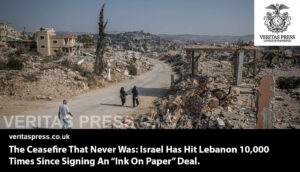




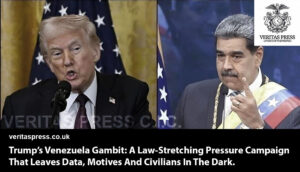
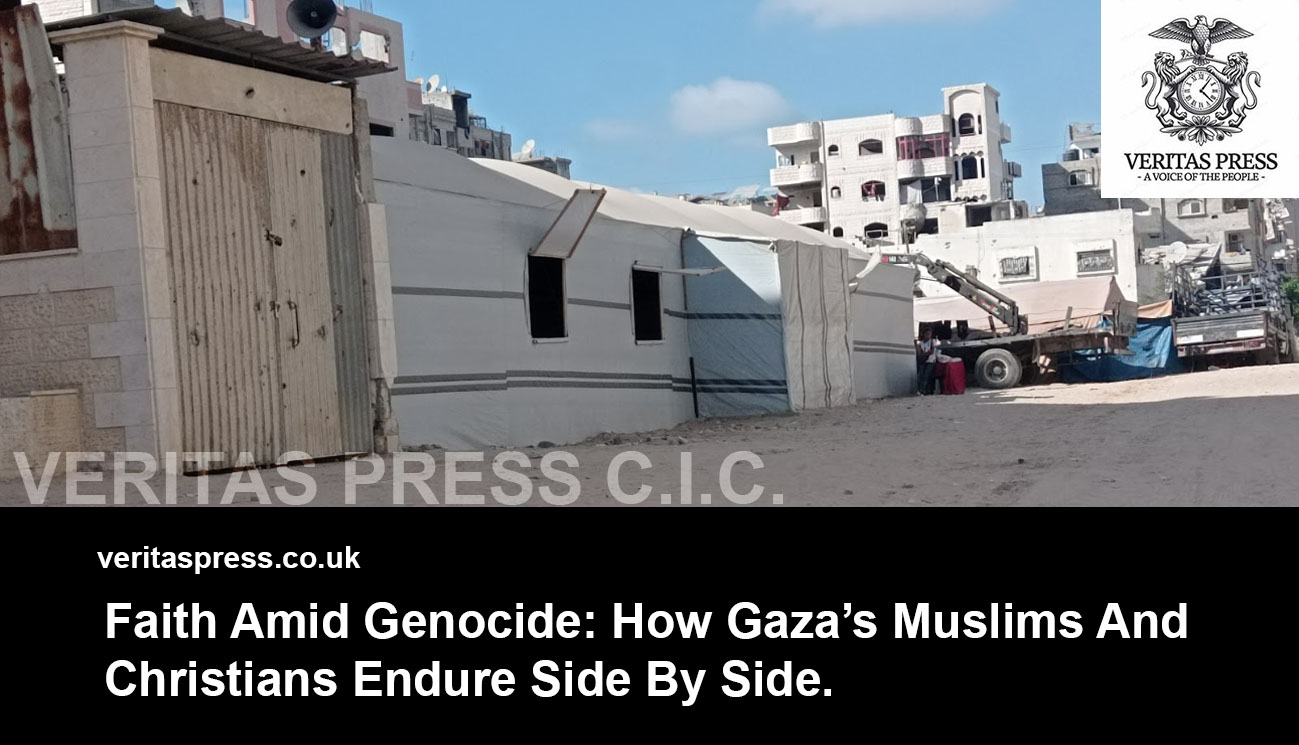
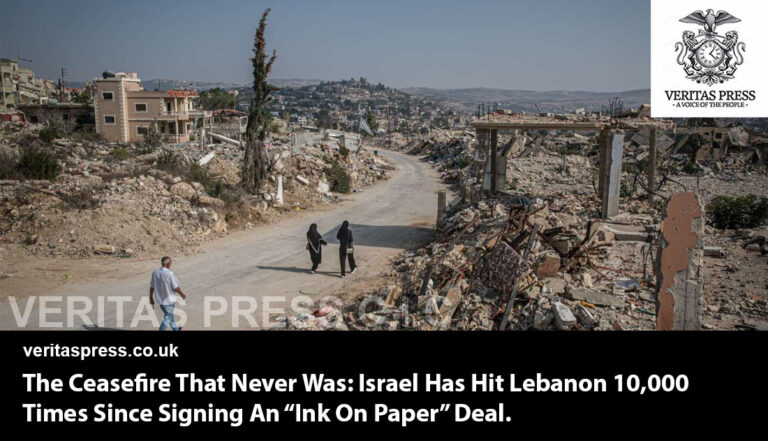


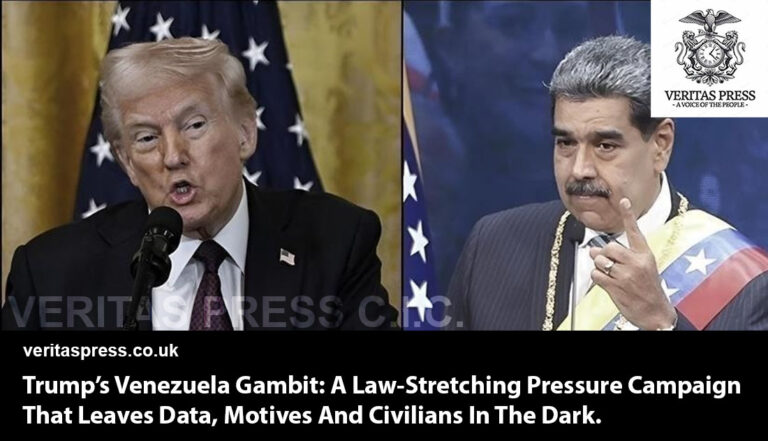

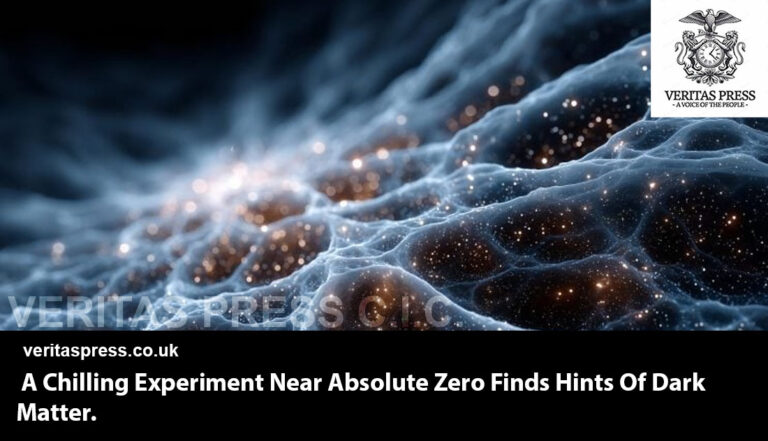


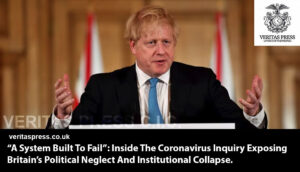
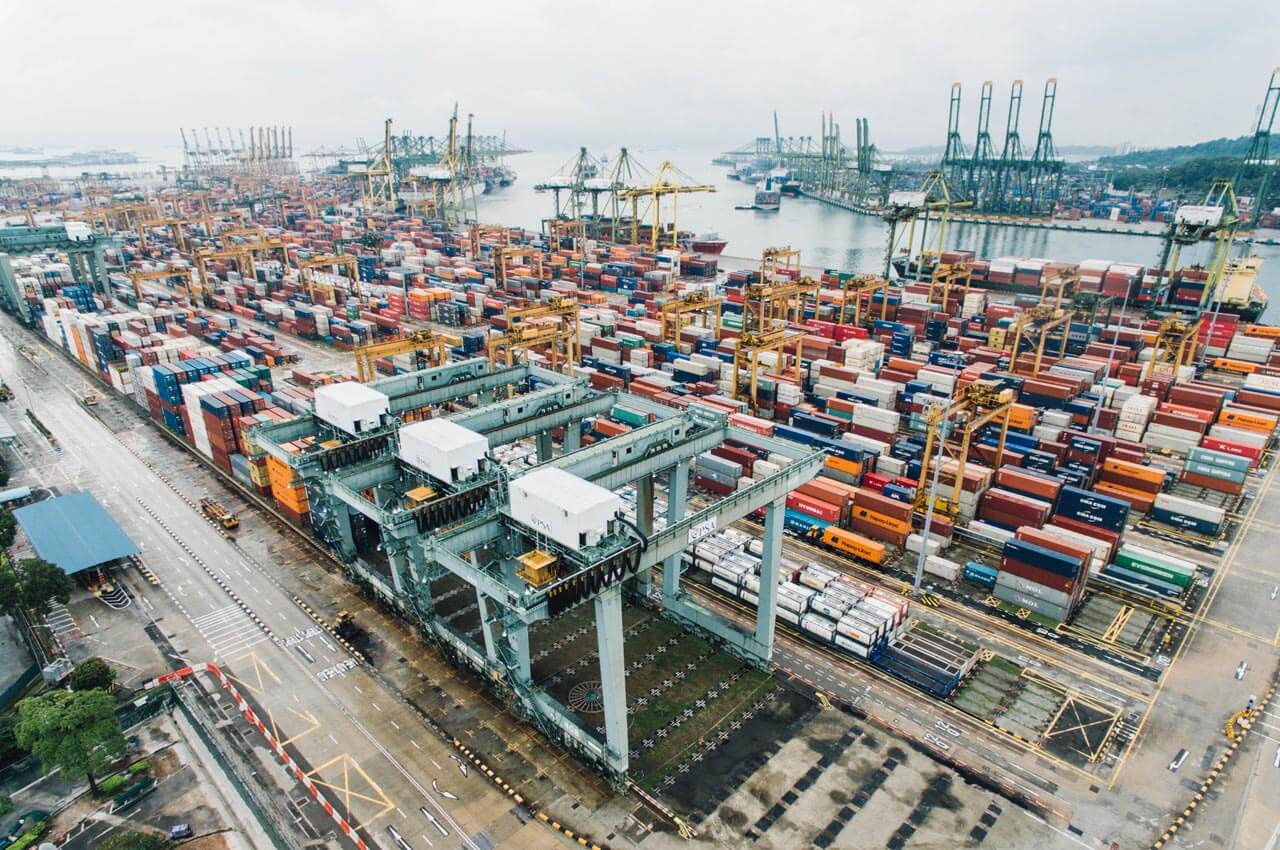








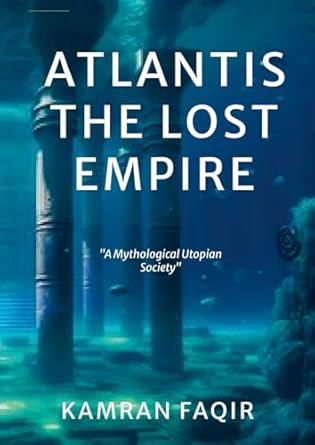
Leave a Reply